June 6th, 2018
As technology continues to progress, we are given the opportunity to explore new and more exotic types of programming, software, hardware, and systems. One innovation that is growing at a rapid pace is hologram technology.
What Exactly Are Holograms?

Holography is a photographic technique that records the light scattered from an object, and then presents it as three-dimensional.
Holograms of varying forms have appeared over the years, including transmission holograms, which allow light to be shined through them and the image to be viewed from the side, and rainbow holograms, like those used on credit cards and driver’s licenses for increased security.
The development of hologram technology began in 1962, when Yuri Denisyuk, of the Soviet Union, and Emmett Leith and Juris Upatnieks, at the University of Michigan, developed innovative laser programs that recorded objects in 3D. They recorded on silver halide photographic emulsions at the time, but the clarity of the objects was far from perfect. But new methods have improved holograms over time.
Are Holograms For Real?
Holograms are as close as your wallet. Most driver’s licenses include holograms, as well as ID cards and credit cards. Holograms can even be found throughout our houses. Holograms come as part of CD, DVD, Blu-Ray, and software packaging, as well as nearly everything sold as “official merchandise.”
But, these security holograms — which discourage forgery — aren’t impressive. They simply change shape and color when tilted.
However, large-scale holograms, the kind illuminated with lasers or created in a dark room with carefully placed lighting, are phenomenal. They’re basically two-dimensional surfaces that show very accurate three-dimensional images of real objects. You don’t even have to wear special glasses like when you go to a 3D movie.
Holograms have surprising features. For example, each half contains whole views of the entire holographic image. The same is true if you cut out a small piece. Even a small fragment will still house the entire picture.
Understanding the principles behind holograms, helps you understand that the hologram, your brain, and light waves work together to make clear, 3D pictures.
How Do Holograms Work?

To make a hologram, you record an object (or person) in a clean environment with a laser beam and apply the information to a recording medium that will clean up and clarify the image.
The laser beam is split in two and redirected with mirrors. One of the beams is directed at the object. A portion of the light reflects off the object and is recorded on the medium.
The second beam (reference beam), is directed toward the recording medium. This means the beams coordinate to make a precise image in the hologram location.
These two laser beams interfere and intersect with each other. The interference pattern is imprinted on the recording medium to recreate the 3D image.
What Are 3D Holograms?
3D holograms are coming into our lives. A 3D hologram is an object that isn’t actually “there,” but looks like it is, either floating in mid-air or standing on a nearby surface. This “augmented reality” (AR) is a revolution well on its way.
Microsoft has its HoloLens headset, Apple uses ARKit, and Google presents holograms in ARCore. The tech is saturating the tech market, and IT mega-corporations are racing to dominate the AR market.
3D hologram displays are the next step in more human-compatible digital content. The applications for the new technology are limitless.
A hologram projected in a room could show a 3D concept car, like it was really there. 3D presentations for meetings and conferences will wow audiences. And how about holographic telepresence? Yes, a hologram of you projected to a meeting room thousands of miles away!
Holograms have the potential to dramatically improve training, design, and visualization in many business settings and production facilities. Being able to “look at, zoom in on and manipulate 3D versions of in-progress designs radically enhances the design process.”
Even marketing departments can thrill customers with holograms through experiential marketing campaigns and 3D hologram interactions.
One product currently in development is called DeepFrame. This holographic tech enables science fiction-like applications, like 3D telepresence. The cost is prohibitive at $50,000, but as the use for experiential marketing and telepresence grows, competition will grow and costs will decrease.
There are also developers like Looking Glass Factory that are working on a display product called HoloPlayer that’s currently available for $750 (PC dependent) or a $3,000 version (built-in PC).
A HoloPlayer displays 3D holograms on a sheet of glass, so you don’t need special eyewear to view them. As Mike Elgan notes, the device creates “…3D hologram objects that can be manipulated using in-air gestures. When you look straight on, you see the front of the image. Tilt your head to the side, and you see the side of the image. These can be manipulated with natural hand gestures — reaching out, pretending to grab and turning will rotate the 3D objects. In-the-air swiping gestures also work as expected, taking you to the next image in a series.”
Holographic imagery is also coming soon to windshields everywhere. A current example, demonstrated at CES by a company called WayRay, is Navion.
This dashboard-mounted projector produces an overlay of navigation data and turn-by-turn directions on the road itself. Navion also identifies hazards, such as pedestrians, and highlights them on the windshield. Navion can be controlled with in-the-air hand gestures or voice commands.
What most technophiles are waiting for is 3D hologram displays for smartphones that project the hologram on or above the surface of the display. Samsung and LG have been developing this technology for several years, but they feel that 3D hologram support for smartphones is still decades away.
Holograms in the Future

The general public is fascinated by holograms. However, holograms are major business. It is suggested that by 2020 the market for genuine, display holograms will be worth $5.5 billion. Here are some of the incredible ways holograms are currently used.
Military Mapping
Geographic intelligence is critical to military strategy. Fully dimensional holographic images are being used for improved reconnaissance. These 3D holographic maps of “battle-spaces” allow soldiers to view three-dimensional terrain, look “around” corners, and train for missions.
The company takes computerized image data and turns it into a holographic sheet. “Not only can users “look into” the high-quality 3D image of the terrain stored in the hologram sheet, but the technology is simple to use and can be rolled up for easy storage and transportation.” The maps are also useful in disaster evacuation and military rescue scenarios.
Information Storage
Society generates incalculable amounts of data every day. Digital storage capacity increases every year. Our personal computers store hundreds of gigabytes of information, including family photos, videos and documents. Now think about a storage disc being corrupted. The losses are unimaginable.
Though holograms create fascinating imagery, they don’t just have to record and present a visual object. Holograms are capable of recording pure data – mountains of it. Holograms have the potential to store absurd amounts of information. The current prototype systems store 4.4m individual pages of information on a DVD like disc. They also offer a unique form of long-term security.
“If you make an optical hologram of a page of information and then smash it, for example, you can reconstruct it from any of the pieces. This makes holographic data storage extremely reliable. Unlike CDs and DVDs, which store their data on the disc’s surface, holograms store data in three dimensions and those pages can overlap in the storage space.”
Medical
Holography is on its way to revolutionizing medicine. It can be a tool for visualizing patient data in training students and surgeons.
Current systems like Magnetic Resonance Imaging (MRI) and ultrasound scans generate complex data using advanced imaging technology. This technology has the capability to produce full color, computer-generated 3D holograms.
Using these 3D images for training and display, holograms require no viewing devices or glasses. Students and doctors can simply “look”, unhindered, at the three-dimensional images. These images can include the incredibly complex organs and systems of the body, like the brain, heart, liver, lungs, nerves, and muscles.
Fraud and Security
Because Holograms are complex and hard to make, this makes them an incredible advantage in commercial security.
If you have a credit card, you have a hologram. “That small silver rectangle of a dove on your credit card is a white-light, mirror-backed, transmission hologram. It displays a three-dimensional image which is visible as you move from side to side, and changes color as you tilt your card up and down.” These holograms are incredibly difficult to forge.
Bank notes are also starting to incorporate secure holograms. In the UK, the newest £5 bank note has an image of Big Ben and uses holography to produce a set of changing colors as you tilt the note. There is also a 3D image of the coronation crown “floating” above the note when tilted.
Art
Artists began experimenting with holography the moment it became a practical process. There are artists around the globe using the three-dimensional of holograms to bend and cut space, combine collections of still images or video to produce animated 3D works, and to sculpt pure light.
Most recently, an exhibition in central London presented a show of creative holography. International groups of selected artists contributed work to an exhibition on Governors Island, New York, and artists from Canada, Italy, the US and UK were chosen for an exhibition using holography and the media arts in Santa Fe, New Mexico this summer.
Conclusion
Holograms used to be the stuff of science fiction that was “coming to a theater near you”. However, the practical uses of holographic technology have eclipsed the film industry and become a commonplace feature in our everyday lives.
We are only seeing the beginning of the usefulness of holograms and as the innovators and developers continue to improve the technology, holograms will become an even larger part of society.
Resources:
- https://www.livescience.com/34652-hologram.html
- https://science.howstuffworks.com/hologram.htm
- https://www.computerworld.com/article/3249605/virtual-reality/the-future-of-3d-holograms-comes-into-focus.html
- https://www.theverge.com/circuitbreaker/2016/10/18/13321910/hologram-display-holovect-kickstarter
- https://theconversation.com/five-surprising-ways-holograms-are-revolutionising-the-world-77886






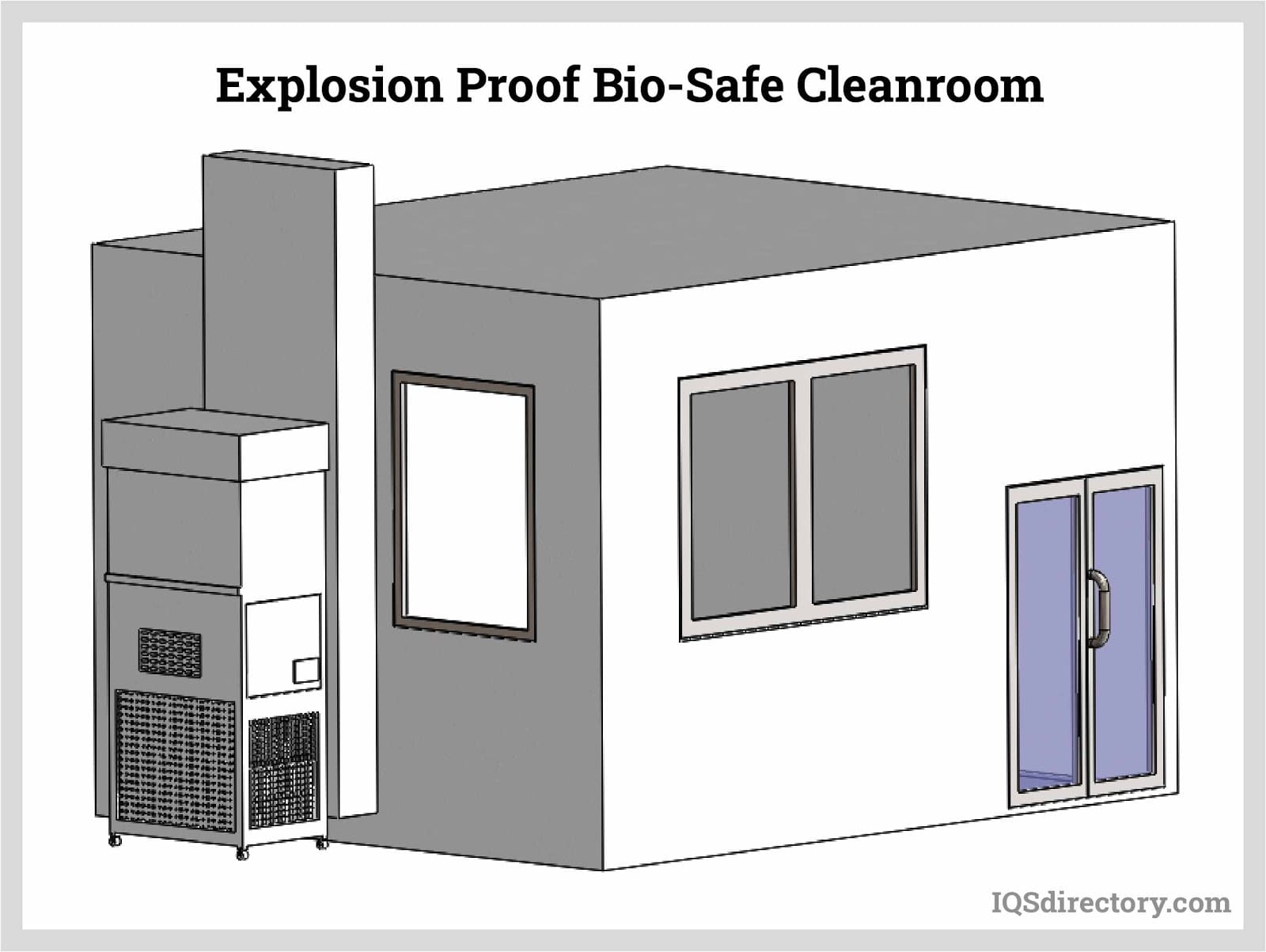

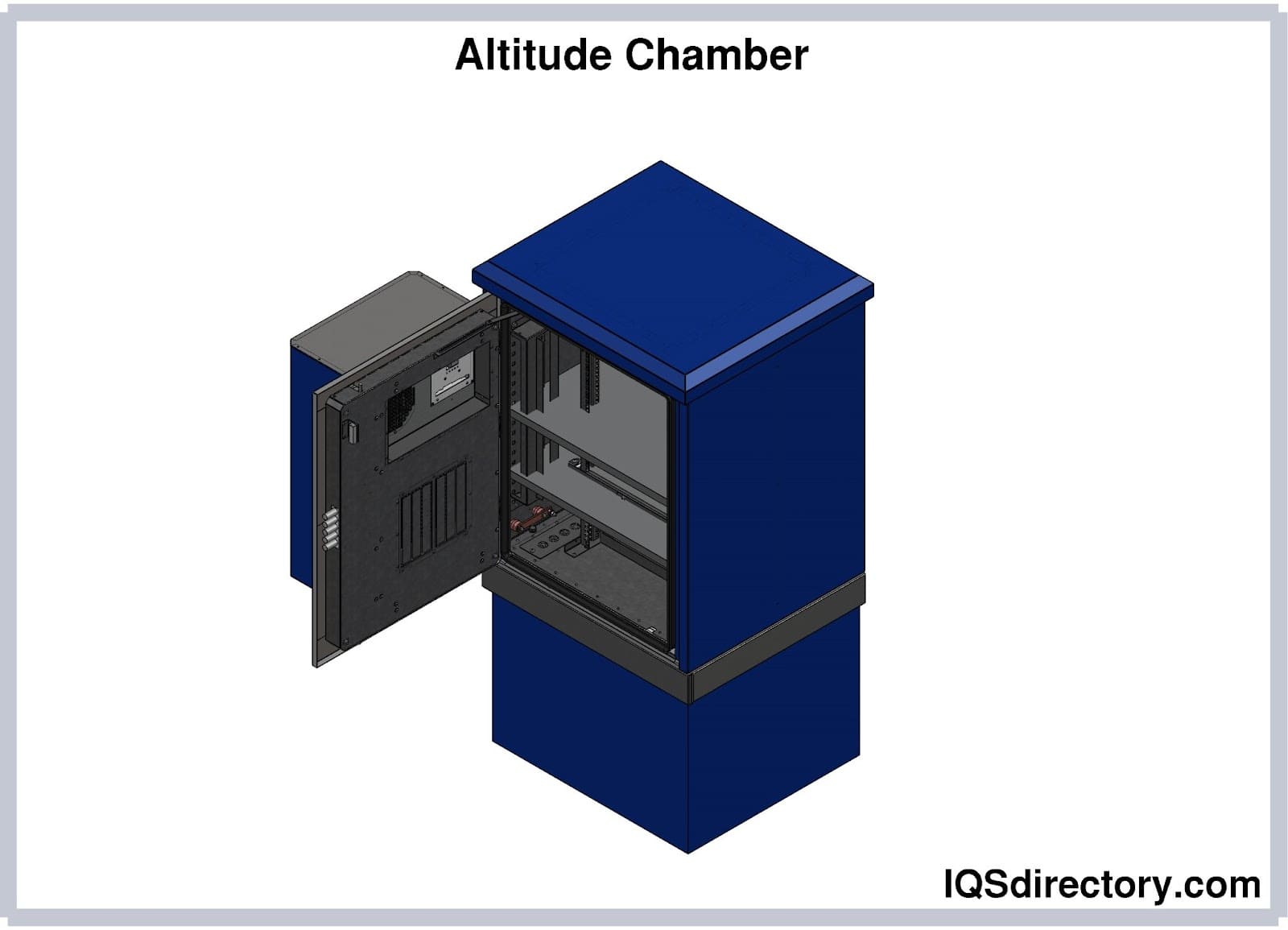



 Calibration Services
Calibration Services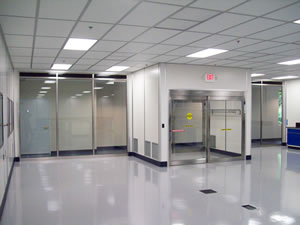 Clean Rooms
Clean Rooms Data Acquisition Systems
Data Acquisition Systems Dynamometers
Dynamometers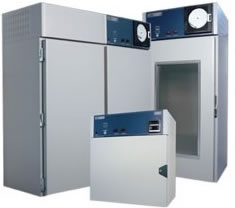 Environmental Test Chamber
Environmental Test Chamber Leak Detectors
Leak Detectors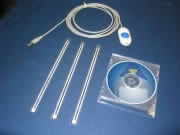 Load Cells
Load Cells Machine Vision Systems
Machine Vision Systems Scales
Scales Thermocouples
Thermocouples Castings & Forgings
Castings & Forgings Bulk Material Handling
Bulk Material Handling Electrical & Electronic Components
Electrical & Electronic Components Flow Instrumentation
Flow Instrumentation Hardware
Hardware Material Handling Equipment
Material Handling Equipment Metal Cutting Services
Metal Cutting Services Metal Forming Services
Metal Forming Services Metal Suppliers
Metal Suppliers Motion Control Products
Motion Control Products Plant & Facility Equipment
Plant & Facility Equipment Plant & Facility Supplies
Plant & Facility Supplies Plastic Molding Processes
Plastic Molding Processes Pumps & Valves
Pumps & Valves Recycling Equipment
Recycling Equipment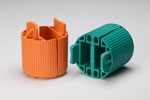 Rubber Products & Services
Rubber Products & Services